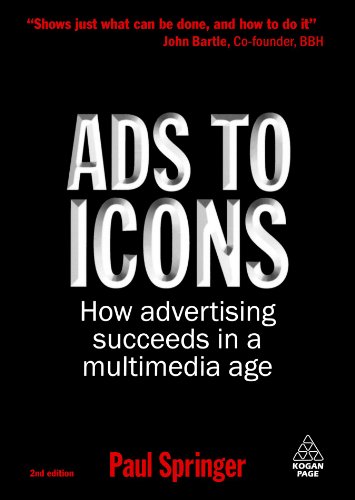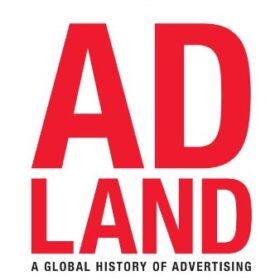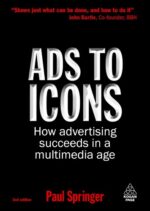Quick review : experienced practitioners and academics 2.5 stars – comes across as a student textbook, ideal for undergraduates or others looking for an up to date thorough introduction to the topic. However, it is doubtful if more advanced academics or already knowledgeable practitioners will appreciate the format or simple checklists given.
Full Review : This book’s aim is to clarify the concept of brands, help plan for building powerful brands, and ensure a better return of investment.
Part one is a basic introduction to what brands and branding are, what different types there are, how brands have developed and why they are important.
Part two looks at effective brand management for consumer, business to business, service and retailer brands. It covers issues such as how consumers make choices and how these can be influenced, psychological and social aspects of consumer brads, and how consumers use brands for communication. The section on business to business brands cover how organisations buy brands and how this market is different to the consumer market. The section on service brands covers case studies from the financial and insurance markets, the differences between goods and services marketing, the roles of employees and customers in the delivery of service brands, and how these roles can be designed to strengthen service brands.
The authors argue that what is needed for the marketing of services is a fine-tuning of the existing branding theories and not a completely new theory.
Part two finishes off with a look at the growing power of retailers, who are increasingly producing good quality own brands.
Part three of the book is called ‘Winning the brands battle’ and it looks at ways of positioning and sustaining brands and brand added values, and how to fight off competitors. It also looks at brand planning. The authors argue that it is important to recognise and communicate core values, and keep them consistent.
The last chapter of the book looks at brand equity – how the health of a brand can be measured.
The Chartered Institute of Marketing produces books for students and practitioners, and this book does come across as a student textbook. It is a very well written textbook, ideal for undergraduates or others looking for an up to date thorough introduction to the topic. However, it is doubtful if more advanced academics or already knowledgeable practitioners will appreciate the format, with key arguments and definitions already noted in the margins, basic discussion about what marketing and brands are, frequent summaries and outlines of the conclusions.
Each chapter has a ‘Marketing action checklist’ at the end, which contains suggestions for organisations. However, even these look a bit like exam questions or tutorial exercises. For example, the checklist for chapter two suggests that you should ‘Write down what you understand by the term ‘brand’ and compare your views with those of your colleagues.
On a minor point, non-UK readers may be unfamiliar with some of the companies mentioned in passing, for example Sainsbury and Hovis.
This book is of a different nature than Kunde’s Corporate religion (see review at this site), which is more practitioner orientated and inspirational.
Creating Powerful Brands covers the basic concepts of branding, and for someone who is trying to improve his/her company’s branding strategy the center would recommend them to read de Chernatony’s and McDonald’s book first in order to brush up on any weak areas of knowledge, and then Kunde’s book as inspiration and motivation.









Reviews
There are no reviews yet.